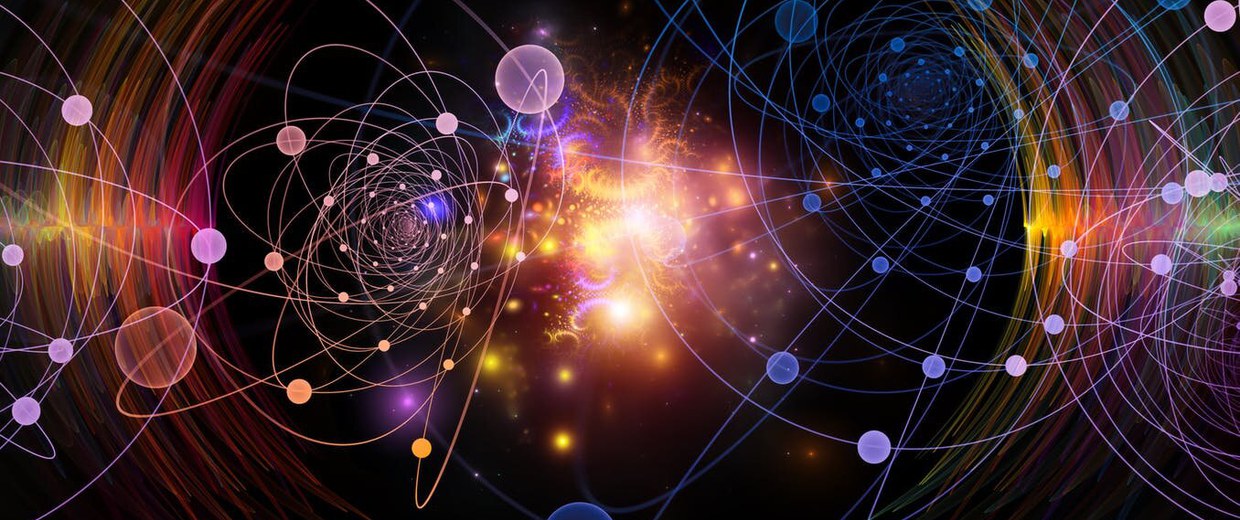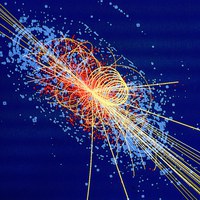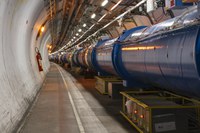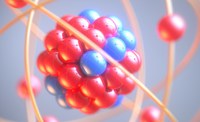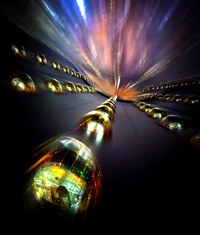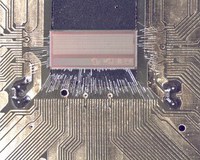People
Mahmoud Abd Elhay Afifi Ali
PhD Student
keywords:
High-energy physics, Future circular collider, IDEA detector concept, KEY4HEP, Simulation
Andrea Alici
Associate Professor
keywords:
LHC, high-energy physics, heavy-ion collisions
Silvia Arcelli
Associate Professor
keywords:
Experimental Subnuclear Physics, Quark Gluon Plasma, Quantum Chromo Dynamics, Serches beyond the Standard Model,
Read more
Giuseppe Baldazzi
Associate Professor
keywords:
Multi-Energy monochromatic beams Radiology, X and gamma radiation Detectors, X-ray Linear Absorption Coefficient,
Read more
Daniele Bonacorsi
Full Professor
keywords:
CERN, ATLAS, High energy physics, Exotic Physics, Physics Beyond Standard Model, Silicon Detector
Andrea Contin
Full Professor
keywords:
deep inelastic scattering, nuclear and subnuclear experimental physics, astroparticle physics, hadron colliders,
Read more
Stefano De Castro
Assistant professor
keywords:
Heavy flavor production, GRID computing, Search of supersimmetries, Search of Higgs boson
Francesca Ercolessi
Research fellow
Laura Fabbri
Associate Professor
keywords:
Large Hadron Collider - LHC, high energy phisics, phisics with accelerators, luminosity measurement, elementary
Read more
Alessandra Fanfani
Associate Professor
Fabio Ferrari
Senior assistant professor (fixed-term)
keywords:
INFN, LHCb, Flavor physics, Quarks, CKM, CERN
Paolo Finelli
Associate Professor
keywords:
Hypernuclei, Nuclear parity violation, In-medium chiral dynamics, Exotic nuclei structure, Nuclear mean field model,
Read more
Matteo Franchini
Senior assistant professor (fixed-term)
keywords:
Higgs, top, Exotic, BSM, Heavy neutrino, seesaw, Majorana neutrino, LHC, CERN, ATLAS, boosted, Kalman Filter, particle
Read more
Alessandro Gabrielli
Associate Professor
keywords:
Firmware Design, Pixel Detectors, Trigger ans Data Acquisition (ATLAS TDAQ), Networking, High Energy Physics
Read more
Domenico Galli
Associate Professor
keywords:
Distriduted computing, Experimental trigger, Control systems, Unitarity triangle, Computational grid, CP symmetry
Read more
Luigi Guiducci
Associate Professor
keywords:
higgs, lhc, cms, trigger, muons
Giuseppe Levi
Assistant professor
keywords:
Silicon Photomultiplier, Astroparticle physics, SiPM, ZEUS, AMS-02, Neutrino
keywords:
Data Science and Computation, Networking, ATLAS experiment, TDAQ
Marco Lorusso
PhD Student
keywords:
High energy physics, Machine Learning, Field programmable gate array, CMS Level-1 trigger
Cristian Massimi
Associate Professor
keywords:
Nuclear Astrophysics, s process, Neutron physics, Cross section measurements, Emerging nuclear technology
Nicoletta Mauri
Associate Professor
keywords:
Neutrino physics, neutrino oscillations, DUNE, Astroparticle Physics and Cosmology, Euclid
Elisabetta Montagna
PhD Student
keywords:
neutrino, DUNE, photosensors, SiPM
Riccardo Ridolfi
Research fellow
keywords:
hadrontherapy, nuclear physics, radiobiology, data analysis, data acquisition, FOOT, radioprotection
Lorenzo Rinaldi
Associate Professor
keywords:
Particle Physics
Tiziano Rovelli
Associate Professor
keywords:
particle detector, muons, metabolic radiotherapy, imaging, neutrino, scintillator, hyperthermia, Moodle, E-Learning,
Read more
Gilda Scioli
Associate Professor
Nicola Semprini Cesari
Full Professor
keywords:
particle physics, meson spectroscopy, quantum mechanics, standard model
Maximiliano Sioli
Full Professor
keywords:
High Energy Physics, Beyond Standard Model Physics, Collider Physics, Neutrino mass models
Gian Piero Siroli
Assistant professor
keywords:
Computing in High Energy Physics, CMS, LHC, High Energy Physics, Particle detectors, Computer and network security,
Read more
Eugenia Spedicato
PhD Student
Maurizio Spurio
Full Professor
keywords:
Multimessenger aspects of neutrino astrophysics, Particle physics
Sara Valentinetti
Associate Professor
Mauro Villa
Full Professor
keywords:
heavy flavour, Luminosity, p-pbar annihilation, particle physics, CP violation, Nuclear and subnuclear physics, Higgs
Read more
Iacopo Vivarelli
Full Professor
keywords:
BSM, Collider, Calorimetry, LHC, Standard Model, Top quark, Long Lived Particles
keywords:
FOOT, Nuclear fragmentation, Data analysis
Antonio Zoccoli
Full Professor
keywords:
Fast trigger systems, Artificial Intelligence, Heavy flavor studies, Electromagnetic calorimetry, Search of
Read more
